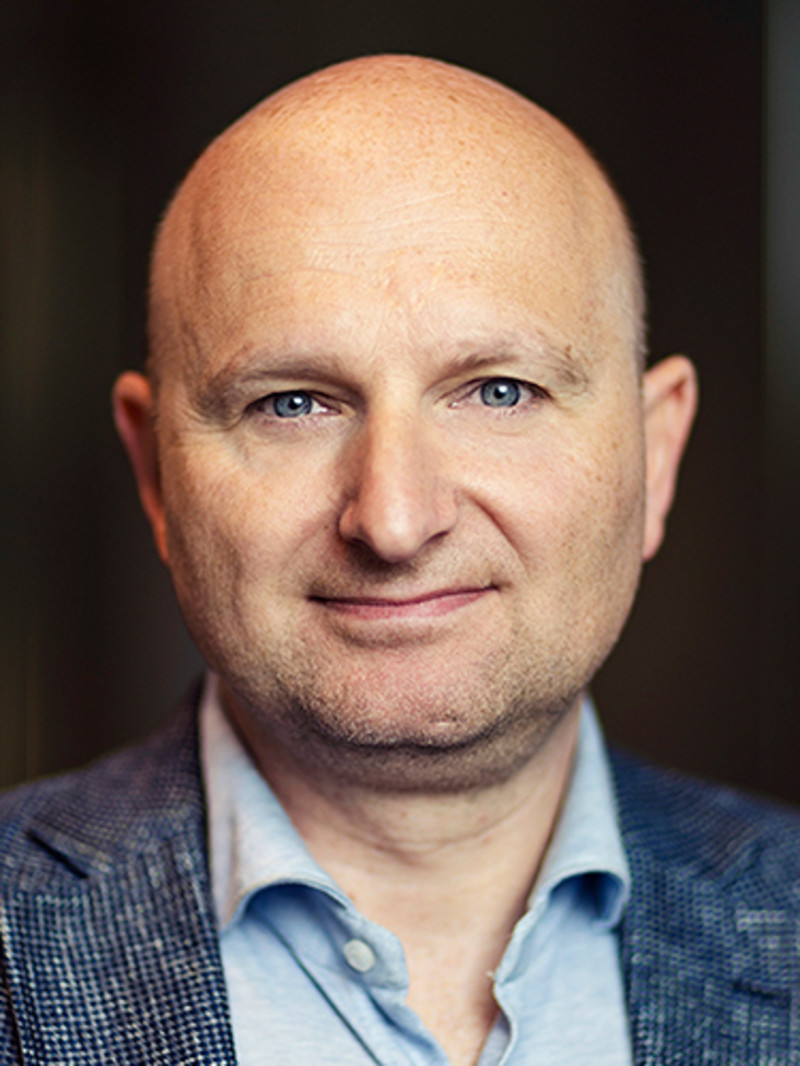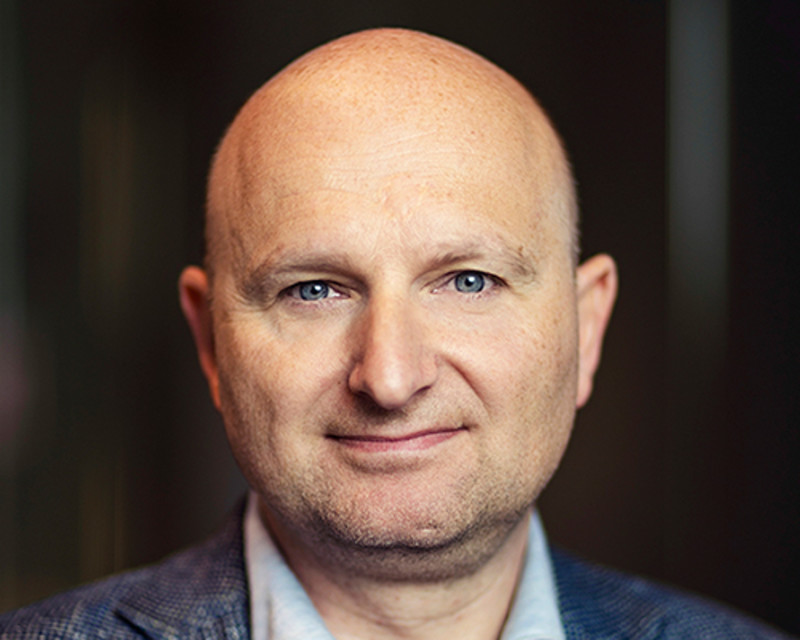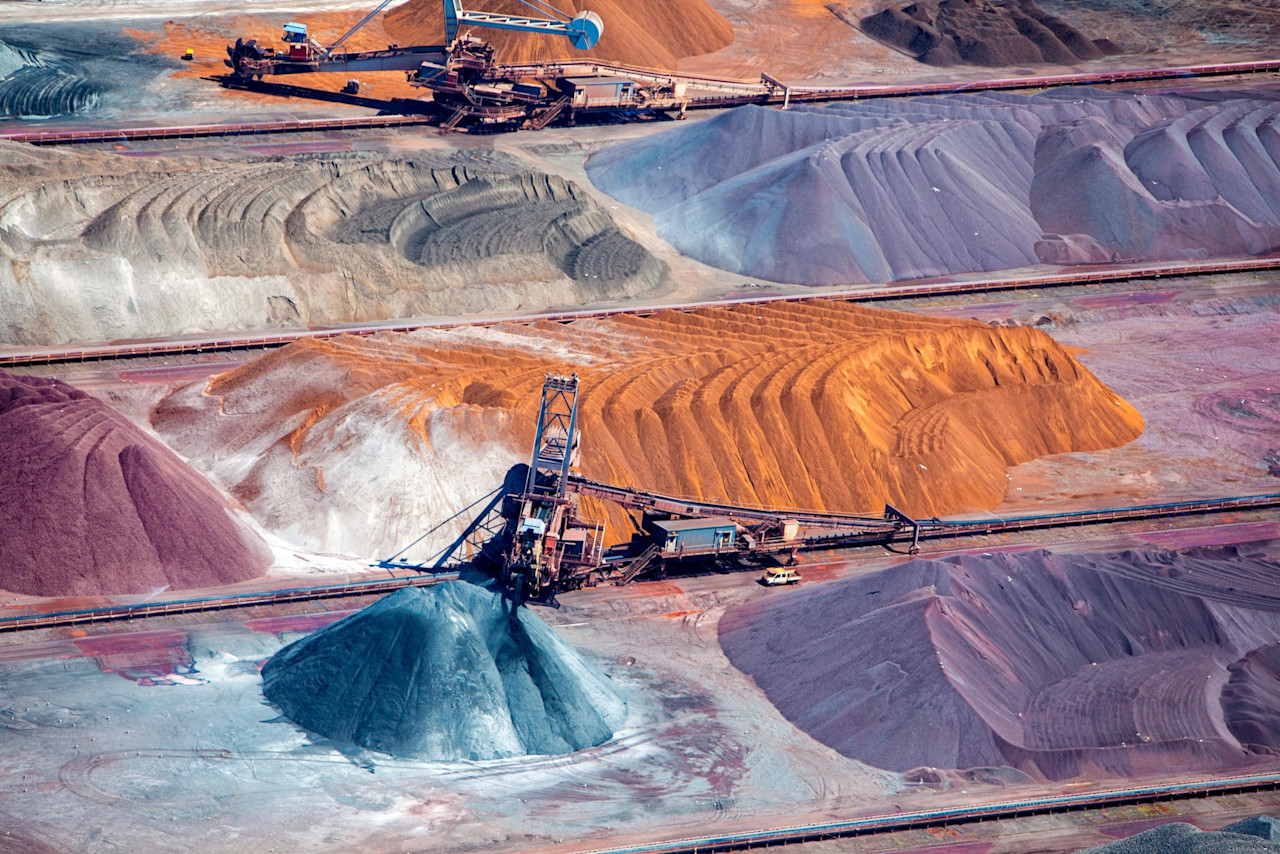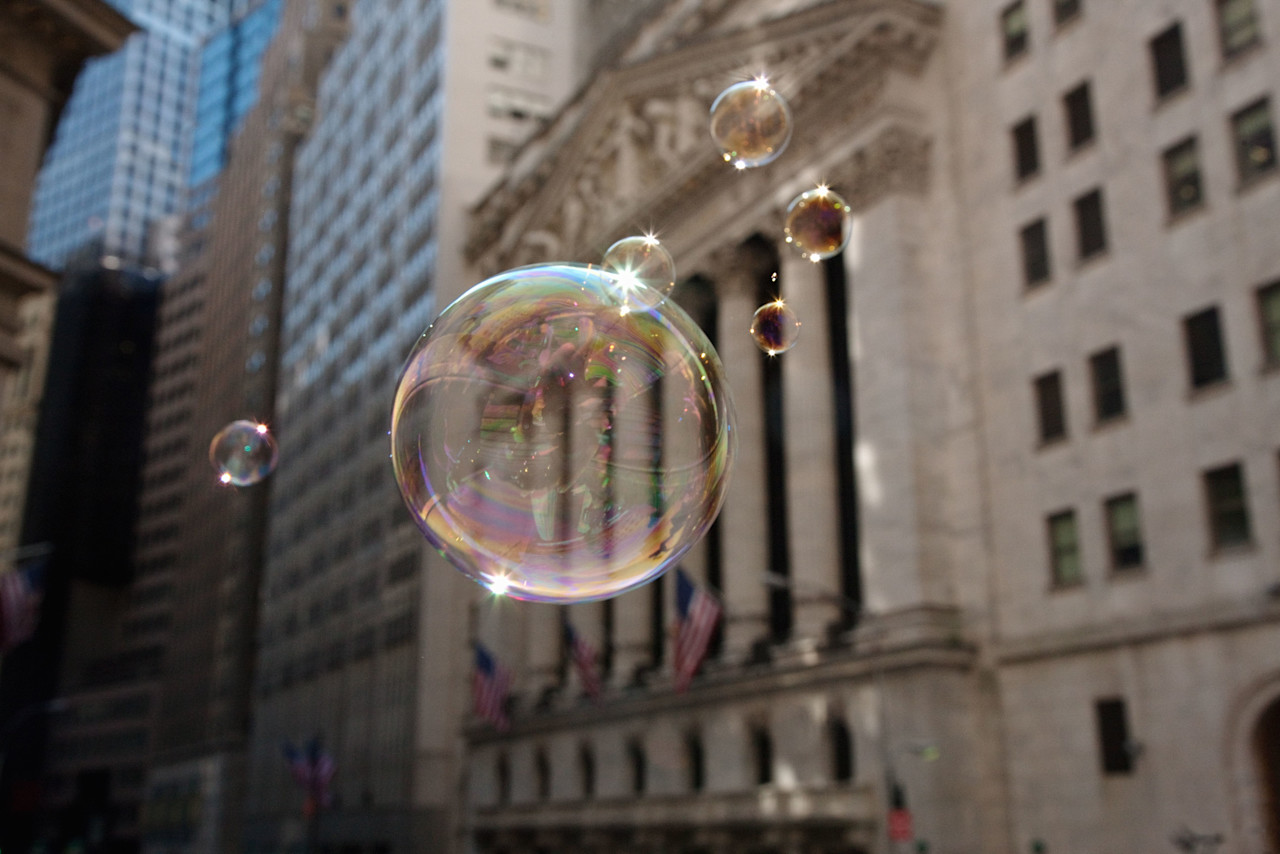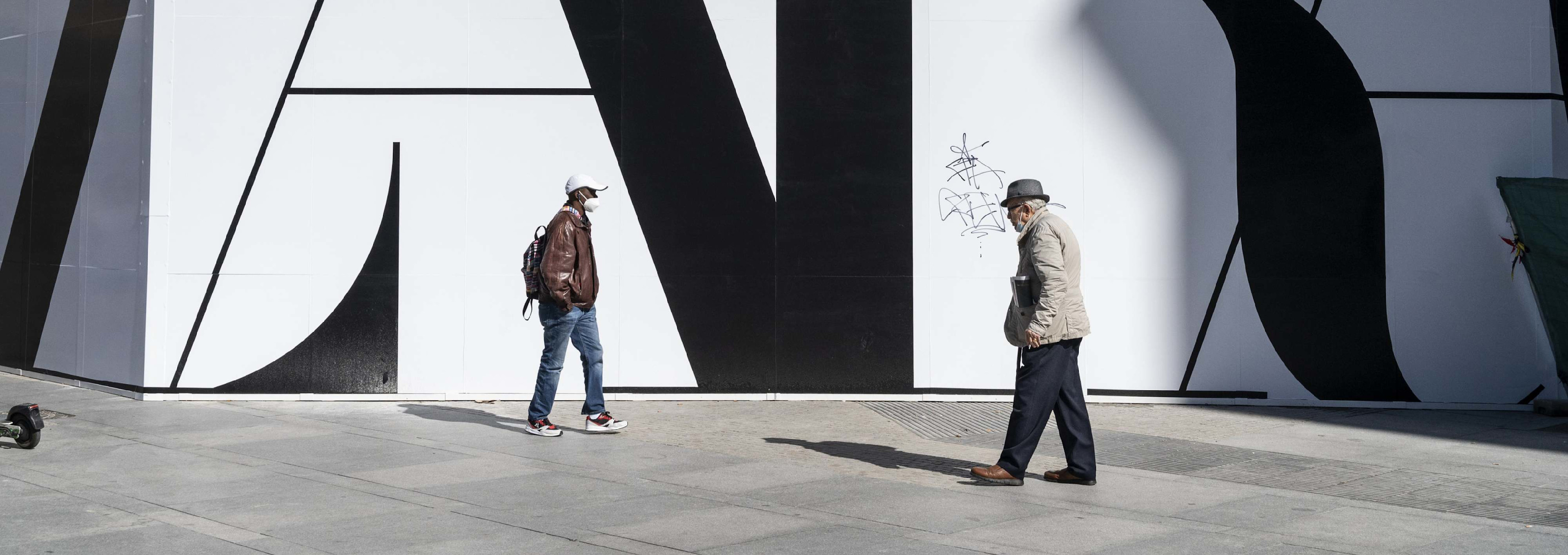

Seven reasons for the rise of retailer Zara
The company Inditex* may not be a well-known name outside Spain, but its flagship brand Zara certainly is. It is famous for selling fashionable clothing. So what are the secrets behind its success and why does Robeco Global Consumer Trends Equities invest in it? Interview with Portfolio Manager Jack Neele.
Low risk of fashion mistakes (risk of stocking the wrong line)
People are attracted to the shop to discover new things
The company can easily cater to local consumer tastes
Better positioned than its competitors
A lot of growth potential in the countries they are already present
Online shopping helps Inditex to grow quickly
Innovative promotion of the brand
Inditex is a Spanish clothing retailer, which operates worldwide. Besides its main brand Zara it operates stores like Pull&Bear, Massimo Dutti and Bershka. The company is based in the coastal city of La Coruña in the northwestern province of Galicia. The founder and CEO of the company, Amancio Ortega Gaona, has a large stake in the company and has become one of the richest people in the world. Although Spain is still struggling economically, Inditex is doing well. Zara clothing is cheaper in their home market and the pain is compensated by successful expansion abroad.
Inditex is a very Spanish company despite its growth in international operations. Lots of clothing is still manufactured in the region of Galicia. “Inditex is a specific Spanish company. That’s where their roots are. Many Spanish people are proud of it, like the Dutch are of Heineken,” says Jack Neele, portfolio manager for Robeco Global Consumer Trends Equities.
Inditex fits in well with the investment philosophy of Global Consumer Trends Equities, says Neele. “We are looking for structural winners and have a preference for companies with strong consumer brands. The defensive Inditex stock provides good diversification with other more growth-oriented stocks in our portfolio.”
Inditex represents around 2% of the total portfolio, which is just outside the top ten holdings of Global Consumer Trends Equities. “The reason it doesn’t have a higher ranking in the portfolio holdings is that the stock is no longer cheap. Because of its strong track record, valuation has risen and the price-earnings ratio is in the low 20s.” He gives seven reasons why the company has been so successful.
(1) Low risk of fashion mistakes
The risk of making fashion mistakes by stocking clothing that customers do not want to buy is small, says Neele. “If you have only a limited number of ranges, then the impact of a fashion mistake is immense. You end up with large write-downs on unsold stock. But for Inditex, fashion risk is very low, because the stock levels of goods in transit are lower. It will just take a few days longer to sell this stock. You do not end up with a huge leftover winter range that you need to sell over the spring period.”
Having factories and suppliers close to their markets allows Inditex to react quickly to any change in consumer buying patterns. However, labor costs are higher than in Asia. “Inditex has production facilities in Spain, Portugal, North Africa and Turkey, which are close to their end market in Europe,” he says.
(2) Always something new
The Zara brand offers many different collections each year that attract increasing numbers of people to the store, says Neele. “The consumer knows that every three weeks there will be something new to discover in the Zara store.” This short cycle is due to the extremely short lead times for design, production and distribution, a concept sometimes referred to as ‘fast fashion’.
In contrast, competitors basically have one collection each season, he adds. “For example, it is difficult for H&M (Hennes and Mauritz) to have more than one collection, because their lead time for distribution is much longer. The reason is that H&M procures mainly in faraway Asia. This is a cheaper part of the world in which to produce, but shipping time to the market in Europe is far longer.”
(3) Easier to react to local consumer tastes
The company can easily cater to local consumer tastes, says Neele. “Store managers have a big influence on what is sold. For example, if a certain type of jeans becomes popular in Rotterdam, then the manager can easily receive more because of short lead times. But if you order additional jeans produced in Asia, then these can be out of stock for a considerable period of time.”
Bénéficiez de nos derniers points de vue
Abonnez-vous à notre newsletter pour recevoir des mises à jour sur les investissements et des analyses d'experts.
(4) Edge on the competition
Inditex is better positioned than its competitors, which allows the company to gain market share, says Neele. “H&M is one of the best companies in the industry, but Inditex is better. Zara sells fashionable clothing at attractive prices. H&M and its rival, Primark, offer lower prices, but have a more basic clothing line, because selling fashionable clothing can be risky: what is in fashion today can quickly be out of fashion tomorrow.”
There are other major competitors. Mango, their Barcelona-based rival, is a successful brand and a big competitor in their home market. But it is not in the same league, he says. “Mango is expanding abroad, but it still lacks the global scale of Inditex.”
(5) Low risk associated with international expansion
Inditex has substantial growth potential in the countries where the company is already represented, says Neele. Entering markets in new countries is the riskiest part in the growth strategy of any major company. “Inditex doesn’t need to do that because they already have a presence in many countries, with relatively few stores.” Its Zara brand has just over 2,000 stores in 88 countries, while H&M has 3,300 stores in 54 countries.
Markets outside Spain should provide more growth, he says. “Future growth will come mainly from the emerging markets and, to a lesser extent, the rest of Europe.”
(6) Online shopping is helping Inditex to grow quickly
While the company was slow in starting up online shopping, it is now rapidly rolling out the concept internationally. They started out in their top six countries three years ago and are steadily increasing their presence. Neele explains how the concept works. “You can order online and pick up the clothing at the store or have it sent to your home.” He adds: “To return items, you need to go to the physical stores or return items by mail and pay for postage. This is an effective policy, because it creates a barrier to returning goods. It differs from online retailers like Zalando, where some customers order six pairs of shoes, try them all on, keep one pair and return five,” he adds. “This shopping behavior is very expensive for online retailers.” Online shopping is especially useful for countries where Inditex has only a small presence. “With online shopping, everyone can buy at Zara even though there isn’t a store nearby,” he says.
(7) Innovative promotion of the brand
Inditex spends very little money on advertising, says Neele. “The stores promote the brand. There aren’t any Zara billboards or commercials around. Instead, Inditex promotes its brand by buying prime real-estate locations and creating stores with an air of luxury.”
Inditex recently bought a building for over USD 300 million on Fifth Avenue in New York to open a Zara store. “This might sound like a crazy amount of money, but it is a pretty smart move. This store functions as a giant billboard for the city’s 50 million annual visitors. Store visitors talk about it to others, and this helps generate worldwide interest in the Zara brand.”
* This publication is intended to provide investors with general information on Robeco’s specific capabilities, but does not constitute a recommendation or an advice to buy or sell certain securities or investment products.




